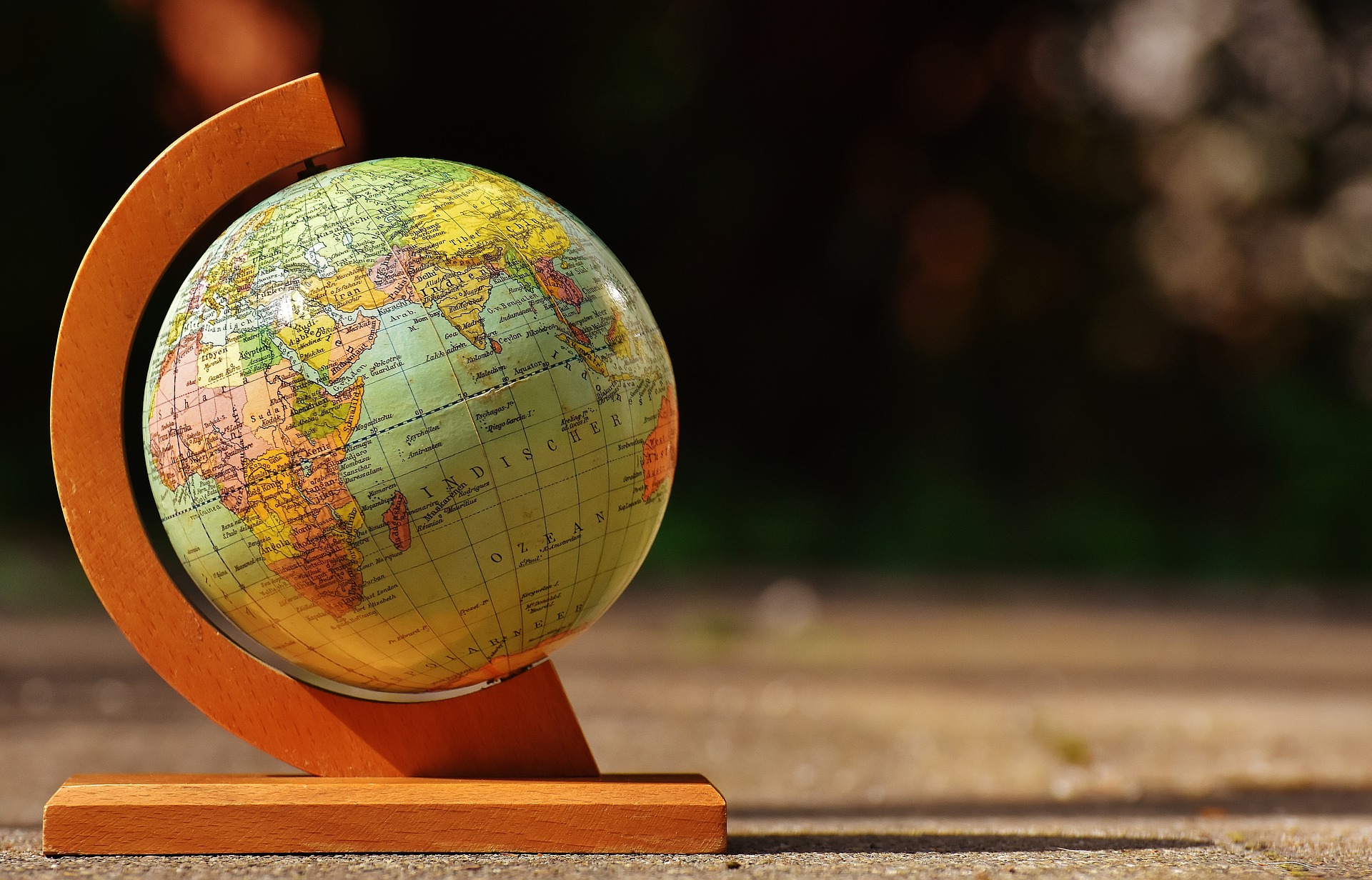
29 Aug International investing in a trade war
Photo: pixabay.comQ. I have 25 percent of my investments in international mutual funds. I’m trying to figure if I should make changes because of the possibility of a trade war. What should I worry about?
— Investor
A. Don’t get too caught up in the headlines, but you’re asking a smart question.
There’s a lot to consider when it comes to international investments.
First, think about your global allocation and the difference between developed world international stocks and emerging markets stocks.
“Developed world equites are companies domiciled in countries with higher per capita income that have a stable economy and advanced technologies and infrastructure,” said Frani Feit, a certified financial planner with Tradition Capital Management in Summit. “Countries such as Germany, England, Japan and New Zealand are part of the developed market asset class.”
Emerging market (EM) stocks represent companies domiciled in growing economies with an eye toward industrialization and more open, transparent economic markets, Feit said. Brazil, Russia, India and China (known as the BRICs) are examples of emerging market economies, as are the Philippines, Mexico and Turkey.
Volatility and risk within an asset class is an important consideration when allocating to international stocks, Feit said.
Ask yourself how much more in additional return do you need to get paid in order to take on more risk.
“U.S. large cap stocks have a volatility of approximately 14.5 percent,” Feit said. “Developed market stocks have a volatility of 18.4 percent and emerging market equities, a whopping 23 percent.”
In 2017, investors were paid for taking on this additional risk with the S&P 500 returning 21.83 percent, the FTSE Developed ex-US earning 26 percent and diversified EM earning more than 31 percent, Feit said.
But now 2018 is a different story with talk of a trade war and tariffs, along with current developments in Turkey.
“Emerging markets are experiencing a severe downturn,” Feit said. “If investors feel the opportunity no longer exists for returns, they will desert the asset class. We saw this in mid-June with over $2.2 billion of outflows from one EM fund.”
With tariffs, Feit said, the U.S. will experience higher prices and EM countries may show weaker growth without continued demand for their exports.
Along with tariffs, political sentiment drives investors, Feit said.
“If U.S. stock valuations stay strong in an environment of less regulation and lower corporate taxes, protectionism could breed additional outflows from both international and emerging markets and back home,” she said. “The expectation is there will be less contagion from political and currency fluctuations in the developed markets than in EM, but ultimately no one has a crystal investment ball.”
That comes to the question: What to do with your 25 percent allocation?
Unless you have a very hearty appetite for risk, Feit said that may be too large an allocation.
“We currently allocate for our most aggressive investors approximately 6 to 10 percent in developed markets and 8 to 10 percent in EM,” Feit said. “If you have no allocation currently, then an investor has the opportunity to `buy on sale’ now while international stocks are lower.”
Bottom line? Stocks, whether domestic or foreign, should be purchased with a long time horizon in mind so companies have a chance to develop and weather any political and economic storms.
Email your questions to Ask@NJMoneyHelp.com.

